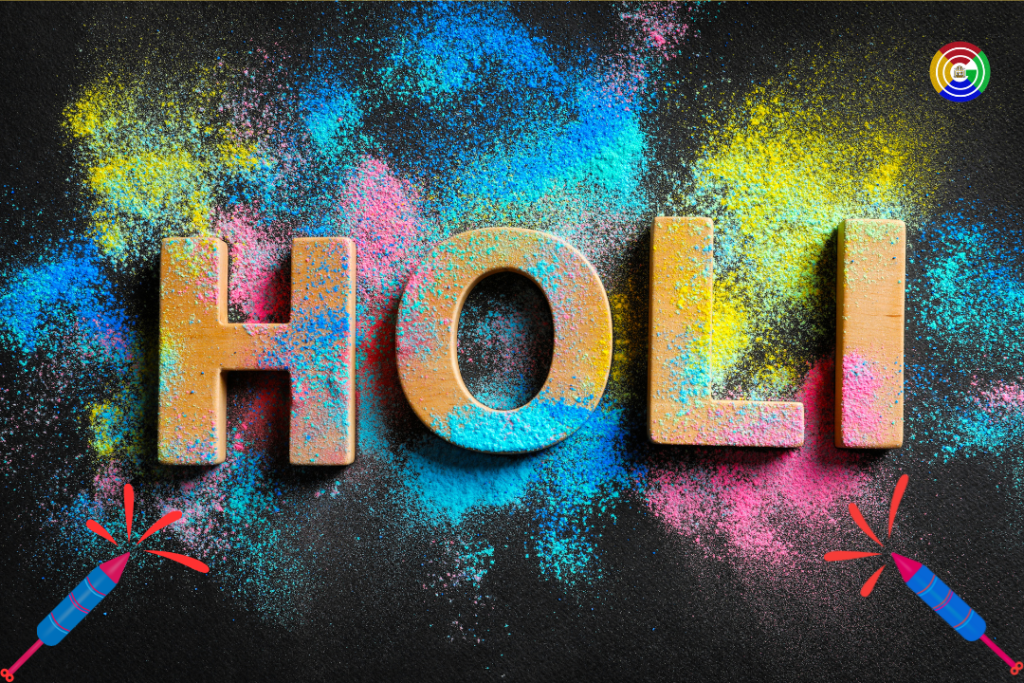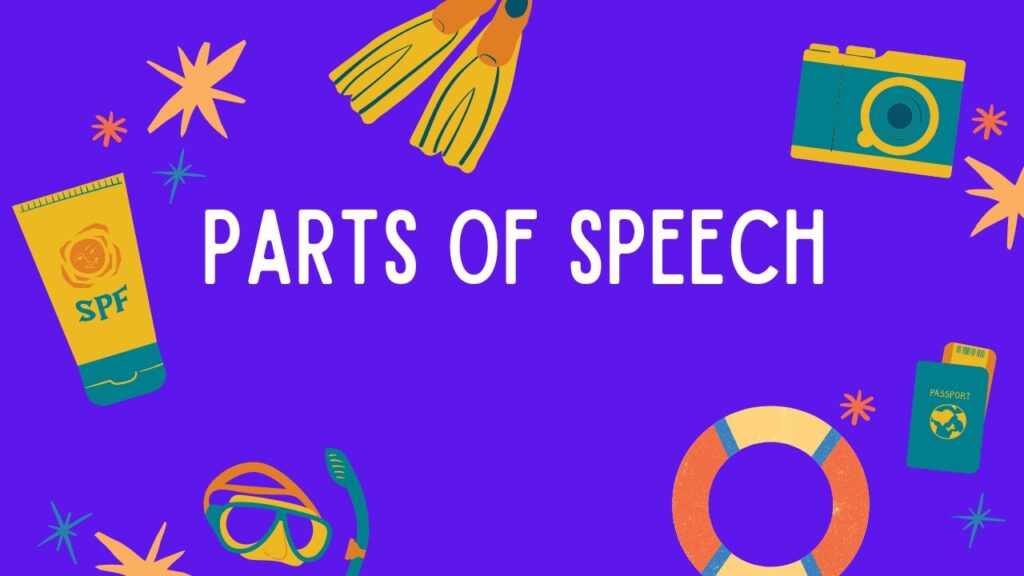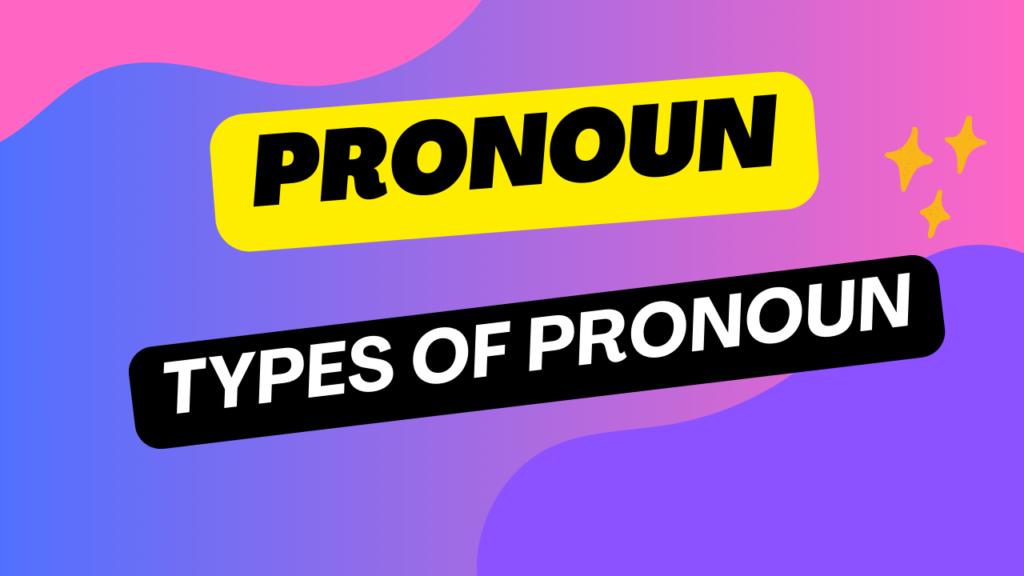Essay on Holi : Holi, the festival of colors, is one of the most vibrant and joyful celebrations in India. It marks the arrival of spring and is celebrated with immense enthusiasm and fervor across the country. Beyond its colorful festivities, Holi carries deep cultural, social, and spiritual significance. Observed on the full moon day of the Hindu month of Phalguna (February-March), Holi symbolizes the triumph of good over evil, unity, and the joy of togetherness.
Historical and Mythological Significance of Holi
Holi is steeped in history and mythology, making it not just a festival of fun but also a reminder of moral and ethical values.
- The Legend of Prahlad and Holika:
The most popular legend associated with Holi is that of Prahlad and Holika. Prahlad, a devout follower of Lord Vishnu, was the son of the demon king Hiranyakashipu. Angered by Prahlad’s devotion to Vishnu, Hiranyakashipu attempted to kill him several times. Finally, he sought the help of his sister Holika, who was immune to fire. Holika sat with Prahlad on her lap in a blazing fire, but due to divine intervention, she was burned to ashes while Prahlad remained unharmed. This event symbolizes the victory of good over evil and is commemorated by the ritual of Holika Dahan, the bonfire lit on the eve of Holi. - Radha-Krishna and the Colors of Love:
Holi is also associated with the divine love of Lord Krishna and Radha. The playful application of colors during Holi finds its roots in Krishna’s mischief, as he playfully smeared colors on Radha and other gopis in Vrindavan. This tradition continues today, especially in the Braj region (Mathura and Vrindavan), where Holi is celebrated with unparalleled zeal.
Cultural and Social Significance
Holi transcends religious boundaries and brings people together, making it a true representation of India’s unity in diversity.
- Unity and Brotherhood
Holi dissolves barriers of caste, creed, and social status, promoting equality and harmony. People come together to celebrate, forgetting past grievances, and spread love and happiness. - Celebration of Nature
Holi is also a celebration of the vibrant colors of nature as spring blooms. It marks the end of winter and the beginning of a new harvest season.
The Two-Day Celebration of Holi
- Holika Dahan
The festivities begin with Holika Dahan, also known as Chhoti Holi. On this evening, people gather around bonfires to perform rituals, sing traditional songs, and pray for the destruction of negativity in their lives. - Rangwali Holi
The following day, people indulge in the joyous celebration of colors. Armed with powdered colors, water balloons, and pichkaris, people smear colors on each other, dance to lively music, and enjoy traditional delicacies.
Special Delicacies of Holi
Holi is incomplete without its array of mouthwatering delicacies. Some popular Holi treats include:
- Gujiya: A sweet dumpling filled with khoya (milk solids) and dry fruits.
- Dahi Bhalla: A savory snack of fried lentil dumplings served with yogurt and chutneys.
- Thandai: A refreshing drink made with milk, nuts, and spices, often flavored with bhang in some regions.
- Malpua: A sweet pancake-like dessert soaked in sugar syrup.
Traditional Celebrations Across India
- Lathmar Holi in Barsana and Nandgaon
In Barsana and Nandgaon, Holi takes on a unique form known as Lathmar Holi. Women playfully beat men with sticks, and men defend themselves with shields, recreating the playful interactions of Radha and Krishna. - Phoolon Ki Holi in Vrindavan
Vrindavan celebrates Phoolon Ki Holi, where flowers replace traditional colors, creating a mesmerizing and fragrant celebration. - Dol Jatra in West Bengal
In West Bengal, Holi is celebrated as Dol Jatra, with devotees carrying idols of Lord Krishna and Radha on decorated palanquins, singing devotional songs, and playing with colors.
Modern Celebrations and Environmental Awareness
In recent years, there has been a growing emphasis on celebrating an eco-friendly Holi. Natural and herbal colors are replacing chemical-based ones, and water conservation is being encouraged. People are also choosing to play dry Holi to reduce water wastage.
The Message of Holi
Holi is more than just a festival of colors; it is a celebration of life, love, and humanity. It teaches us to:
- Let go of grudges and forgive others.
- Embrace new beginnings with positivity.
- Promote harmony and unity in society.
Conclusion
Holi is a festival that brings joy, color, and togetherness into our lives. It is a reminder that good always triumphs over evil and that love and unity can bridge even the widest divides. As we celebrate Holi, let us ensure that our festivities are safe, eco-friendly, and filled with the true spirit of joy and harmony.
Wishing everyone a colorful, happy, and safe Holi! 🌸
You said:
Essay on Holi FAQ
1. What is Holi and why is it celebrated?
Ans:- Holi is the “Festival of Colors” celebrated to mark the arrival of spring and the victory of good over evil. It commemorates the legend of Prahlad and Holika and celebrates love, joy, and unity.
2. When is Holi celebrated?
Ans:- Holi is celebrated on the full moon day in the Hindu month of Phalguna, which usually falls in February or March.
3. What is Holika Dahan?
Ans:- Holika Dahan is a ritual performed on the eve of Holi, where a bonfire is lit to symbolize the victory of good (Prahlad) over evil (Holika).
4. How is Holi celebrated?
Ans:- Holi is celebrated over two days:
Day 1 (Holika Dahan): Bonfires are lit, and rituals are performed.
Day 2 (Rangwali Holi): People play with colors, water balloons, and enjoy festive delicacies.
5. What is the significance of colors in Holi?
Ans:- The colors of Holi symbolize joy, love, and the vibrancy of life. They also represent the playful traditions of Lord Krishna and Radha.
6. What are some traditional foods prepared during Holi?
Ans:- Popular Holi dishes include gujiya, thandai, dahi bhalla, malpua, puran poli, and pakoras.
7. What is Lathmar Holi?
Ans:- Lathmar Holi is a unique tradition celebrated in Barsana and Nandgaon, where women playfully hit men with sticks (lathis), and men defend themselves with shields.
8. Why is Holi called the Festival of Colors?
Ans:- Holi is called the Festival of Colors because people celebrate it by smearing vibrant colors on each other, representing joy, love, and the spirit of life.





